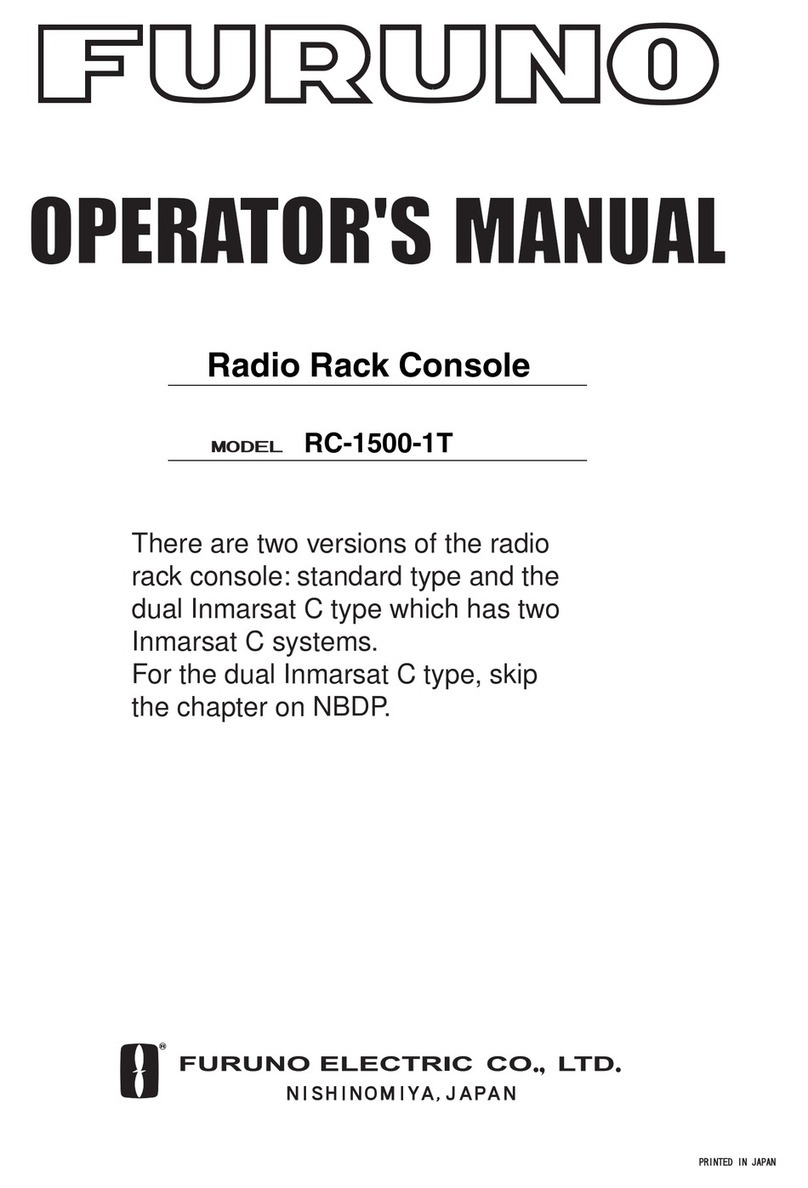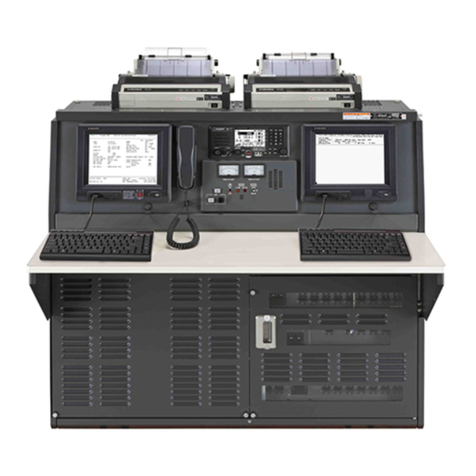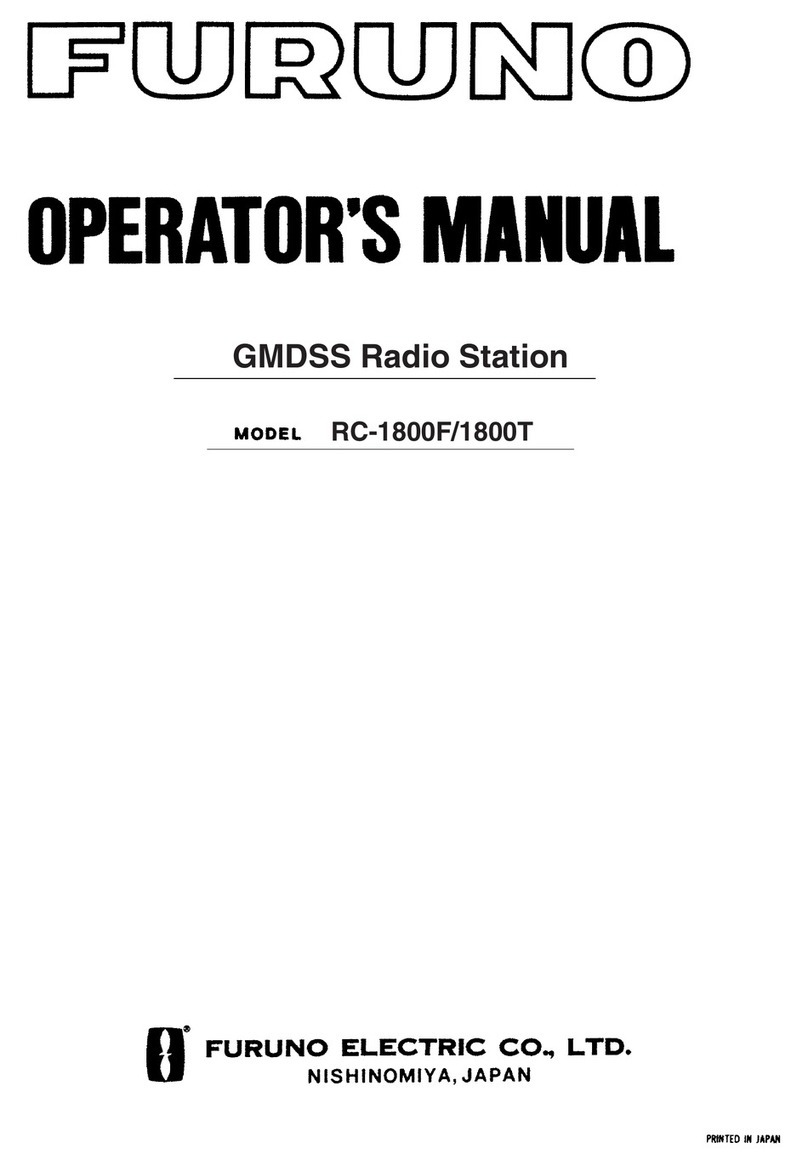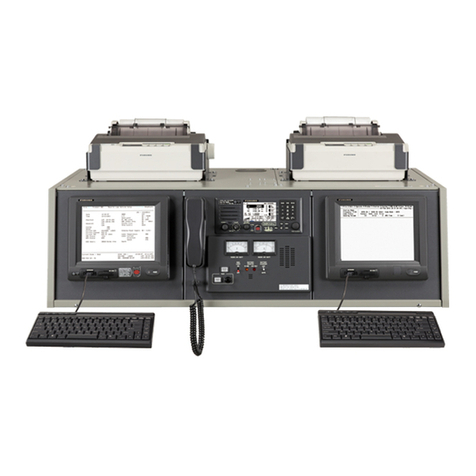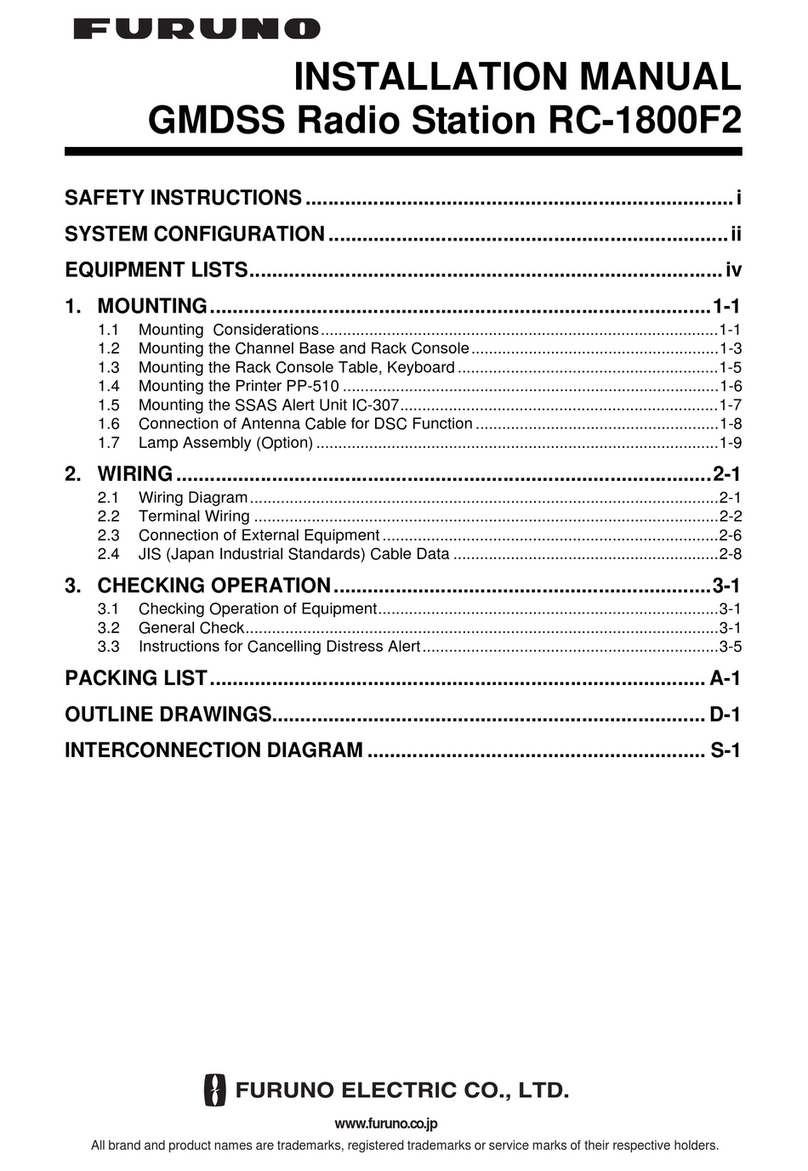TABLE OF CONTENTS
vii
8.2.2 Editing/Deleting stations.................................................................................. 8-4
8.3 Timer Programming ................................................................................................... 8-5
8.3.1 Registering timer programs ............................................................................. 8-5
8.3.2 Editing/Deleting timer programs ...................................................................... 8-6
8.4 User Channels........................................................................................................... 8-6
8.4.1 Registering user channels ............................................................................... 8-6
8.4.2 Editing/Deleting user channels ........................................................................ 8-7
8.5 Scan Channel Groups ............................................................................................... 8-7
8.5.1 Registering scan channel groups .................................................................... 8-7
8.5.2 Editing/Deleting scan channel groups.............................................................. 8-8
9. NBDP FILE OPERATIONS ........................................................................... 9-1
9.1 Opening and Closing Files......................................................................................... 9-1
9.2 Creating Files ............................................................................................................ 9-1
9.3 Saving a File.............................................................................................................. 9-2
9.3.1 Formatting floppy disks ................................................................................... 9-2
9.3.2 Saving a file..................................................................................................... 9-2
9.4 Editing Files...............................................................................................................9-3
9.4.1 Cutting and pasting text................................................................................... 9-3
9.4.2 Copying and pasting text................................................................................. 9-4
9.4.3 Select call........................................................................................................ 9-4
9.4.4 Searching text ................................................................................................. 9-5
9.4.5 Replacing text ................................................................................................. 9-5
9.4.6 Goto line.......................................................................................................... 9-6
9.4.7 Goto top, Goto bottom..................................................................................... 9-6
9.5 Opening Files ............................................................................................................ 9-6
9.5.1 Opening a file.................................................................................................. 9-6
9.5.2 Switching between files ................................................................................... 9-7
9.6 Renaming Files.......................................................................................................... 9-7
9.7 Saving a File Under a New Name.............................................................................. 9-7
9.8 Deleting Files............................................................................................................. 9-7
9.9 Real Time Printing ..................................................................................................... 9-8
9.10 Printing Files.............................................................................................................. 9-8
10. NBDP TRANSMITTING, RECEIVING........................................................ 10-1
10.1 Manual Calling......................................................................................................... 10-1
10.2 ARQ Mode Operation .............................................................................................. 10-3
10.3 FEC Mode Operation............................................................................................... 10-5
10.4 Selecting Receive Mode .......................................................................................... 10-5
10.5 Communication Example......................................................................................... 10-6
10.6 Timer Operation....................................................................................................... 10-8
10.6.1 Enabling timer operation ............................................................................... 10-8
10.6.2 Stopping timer operation ............................................................................... 10-8
10.7 Scanning ................................................................................................................. 10-9
10.8 Communication Buffer.............................................................................................. 10-9
10.9 Preparing Macrofiles for Automatic Telex ............................................................... 10-10
10.9.1 Automatic telex overview............................................................................. 10-10
10.9.2 Preparations................................................................................................ 10-10
